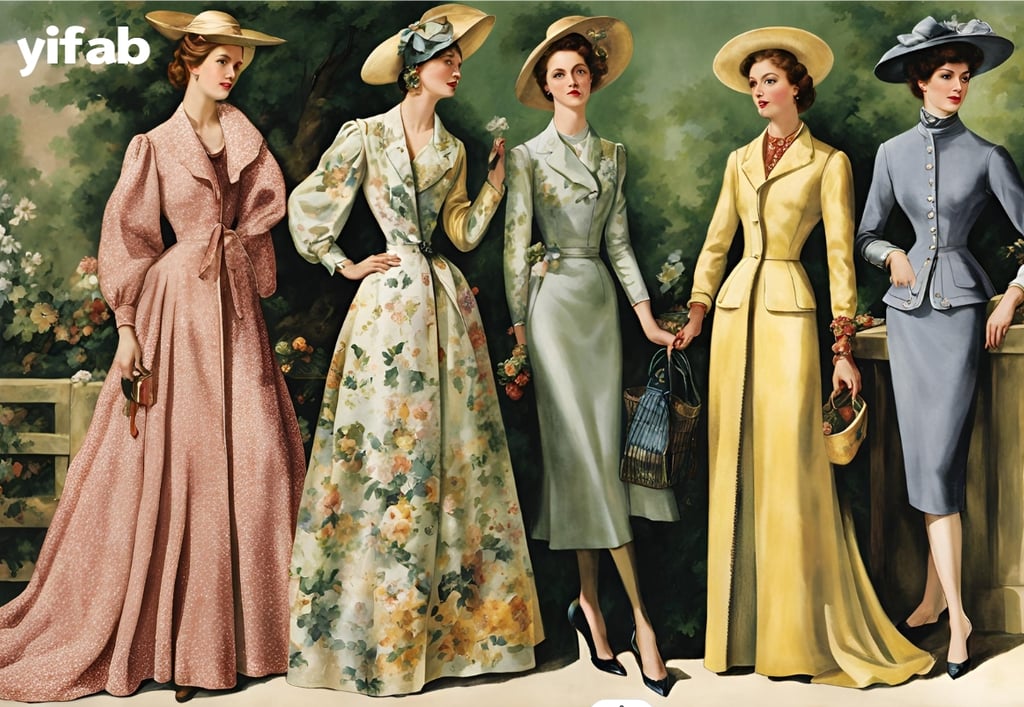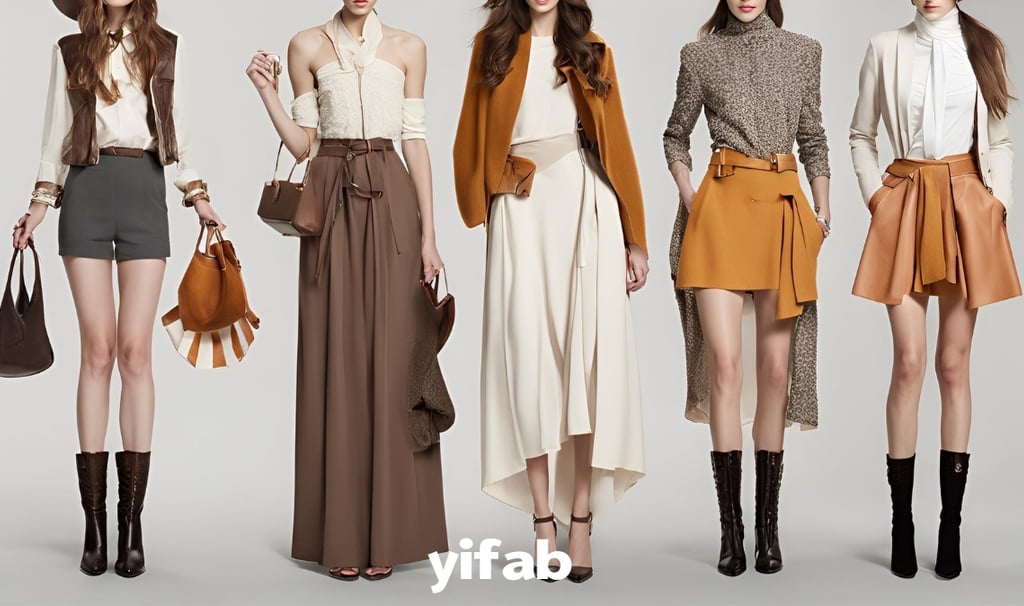The Evolution of Fashion Fabrics: From Historical Textiles to Modern Innovations
The Evolution of Fashion Fabrics: From Historical Textiles to Modern Innovations
10/2/20242 мин чтение


The evolution of fashion fabrics is a significant chapter in the history of fashion, showcasing how technological advancements and shifting aesthetics have driven the development of textiles. From ancient traditional fabrics to contemporary innovations, this journey reflects societal changes and highlights the creativity and craftsmanship of designers.
Origins of Historical Textiles
The history of textiles dates back thousands of years, with ancient Egypt and China being pivotal centers of textile development. Early fabrics were primarily made from natural fibers like cotton, wool, and silk. Egyptian linen and Chinese silk not only represented the technological achievements of their times but also signified societal and economic prosperity.
During the medieval period, the variety and use of fabrics expanded. Wool and linen became primary materials, while luxurious fabrics such as brocade and satin were often reserved for nobility and the upper classes. Fabric colors and patterns typically reflected the wearer's social status and wealth.
Innovations in Modern Fabrics
The Industrial Revolution brought transformative changes to the textile industry. The late 19th century saw the advent of synthetic fibers, marking a new era in fabric production. Materials like nylon, polyester, and acrylic not only enhanced the durability of fabrics but also offered new design possibilities. These new fabrics provided unprecedented improvements in both functionality and aesthetics.
The latter half of the 20th century saw further innovation with the advancement of technology. Functional fabrics, including those with waterproof, breathable, and wrinkle-resistant properties, offered designers a wider range of options. Additionally, with the rise of sustainable fashion, eco-friendly fabrics such as organic cotton and recycled fibers gained prominence, driving the industry's green transformation and shaping new consumer trends.
Impact of Fabric Evolution
The evolution of fashion fabrics has had a profound impact on design and wearing experiences. From traditional natural fibers to modern high-tech materials, these changes have not only improved fabric performance but also expanded design possibilities. Designers can leverage various fabric properties to create more innovative and functional garments, meeting the ever-evolving demands of the market.
In summary, the history and evolution of fashion fabrics illustrate the progress of textile technology and cultural shifts. From ancient textiles to modern innovations, this journey has shaped the face of fashion and reflects humanity's pursuit of beauty and functionality. With ongoing technological advancements, future fabric innovations will continue to propel the fashion industry forward, bringing exciting new designs and experiences.


